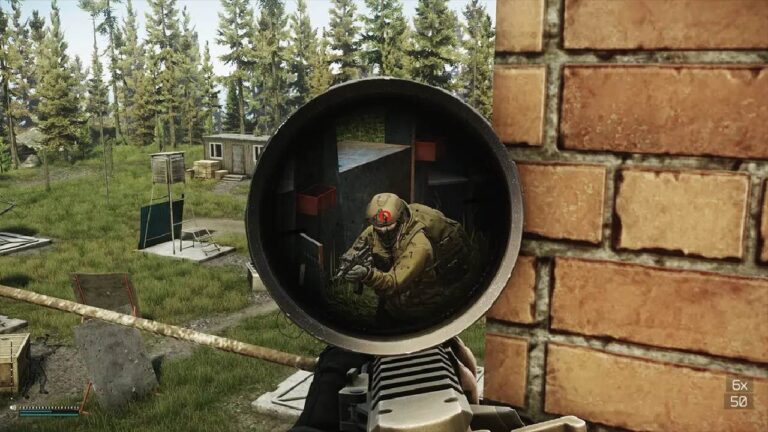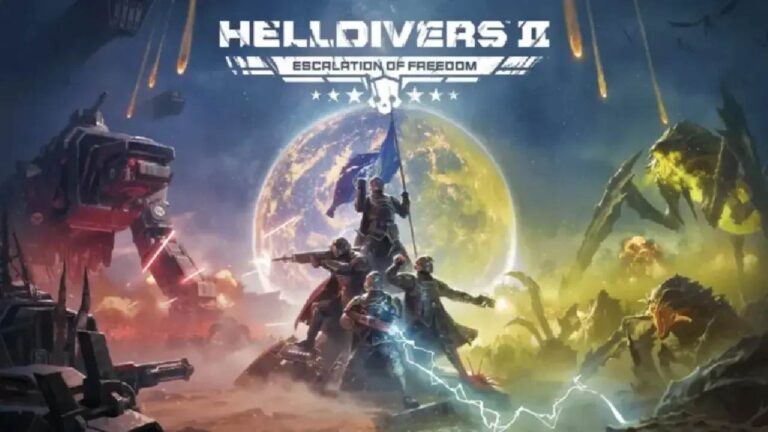
United Gaming – In the world of video games, storytelling holds immense power. One figure captivated by narrative excellence is Clair Obscur. A digital artist and indie developer, Clair often praises storytelling done right. Among countless games, one stood out for him. That title is Persona 5, a game that seamlessly blends style, emotion, and depth. Clair Obscur’s commentary sheds light on why the game’s narrative continues to inspire many.
How Clair First Discovered Persona 5’s Unique Charm
Clair Obscur discovered Persona 5 through a friend’s recommendation. At first, he doubted a turn-based JRPG could be so gripping. However, only an hour into the game, he was fully immersed. The characters felt authentic and deeply human. Tokyo’s representation added cultural nuance and visual flair. Clair recalls being instantly attached to Joker’s silent yet expressive demeanor. What started as casual play turned into a full-blown creative obsession. The game left an emotional imprint he couldn’t ignore.
“Read More: Will the Chile Government Resolve the Fishing Law Issue?”
The Game’s Themes Resonated on a Personal Level
What struck Clair Obscur most were the game’s mature themes. He mentions social injustice, depression, and corruption as core topics. These themes mirrored issues he’d faced or witnessed. Persona 5 didn’t just entertain—it provoked thought and self-reflection. Each palace boss represented societal toxicity he found relatable. Kamoshida’s abuse and Futaba’s trauma hit especially close. Clair appreciated how the game didn’t offer easy resolutions. Instead, it encouraged players to take responsibility and fight for justice.
The Visual Language as a Narrative Tool
Another reason for Clair’s admiration lies in Persona 5’s aesthetics. The game uses red, black, and white as its visual anchors. These colors reinforce its rebellious, edgy narrative. Clair views this as brilliant storytelling through design. He highlights the seamless UI as more than functional—it’s atmospheric. Menu transitions feel like watching a comic book unfold. Even mundane actions like saving progress become cinematic. This attention to detail enhanced his emotional engagement. Every visual element served a purpose.
“Read About: Roblox Tops Steam with More Active Gamers Worldwide”
Soundtrack as a Reinforcement of Emotion
The game’s music also played a crucial role for Clair. Composed by Shoji Meguro, the soundtrack shifts with emotional tone. Tracks like “Beneath the Mask” and “Life Will Change” stick in his mind. Clair notes that each melody felt carefully woven into the storyline. When characters struggled, the music reflected vulnerability. When victories occurred, triumphant jazz-fusion anthems played. It wasn’t background noise—it was emotional language. He now listens to the OST during his art sessions for inspiration.
Character Development That Inspired His Own Writing
Clair emphasizes how character arcs influenced his creative work. He draws parallels between Morgana’s self-doubt and his own past. He praises how even side characters were richly developed. Whether it’s Yusuke’s artistic ambition or Haru’s silent strength, each person mattered. The depth reminded him to approach his own characters with empathy. Persona 5 encouraged him to explore flaws, growth, and redemption in his writing. In many ways, it raised his narrative standards.
Fan Art and Tribute Projects Born From Obsession
His admiration didn’t stop at analysis. Clair poured his love into fan art and animations. He created several pieces featuring Ann and Makoto, his favorites. These artworks blend his distinct neon-gothic style with Atlus’s visuals. Eventually, he began developing a side-scroller game inspired by the Phantom Thieves. Though unofficial, it reflects the game’s sense of rebellion and heart. Clair sees it as homage rather than mimicry. His goal is to evoke the same emotional response he once felt.
Persona 5’s Place in His Creative Philosophy
For Clair, Persona 5 became more than a game. It’s a manifesto on how stories can change people. It showed him that fiction, when done well, heals and empowers. He now incorporates psychological nuance into his own narratives. Rather than just aesthetics, he focuses on emotional truths. He credits the game for helping him grow as a creator and individual. Persona 5 challenged him to look deeper into his purpose as an artist.


